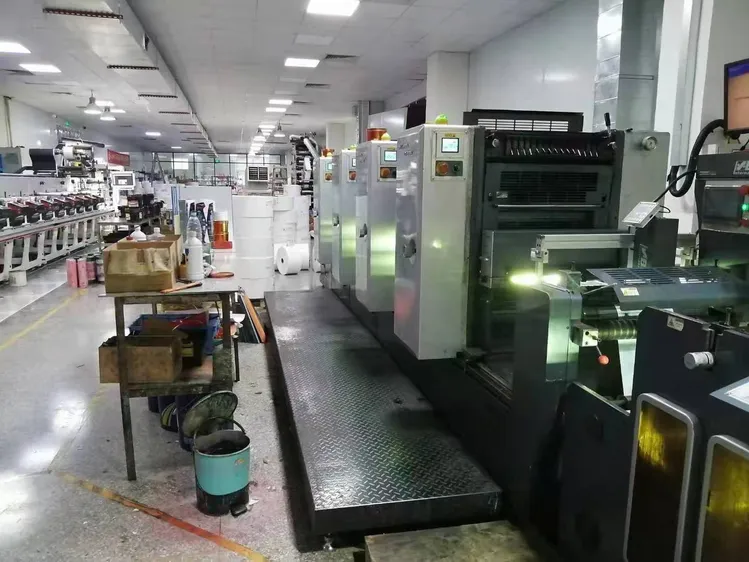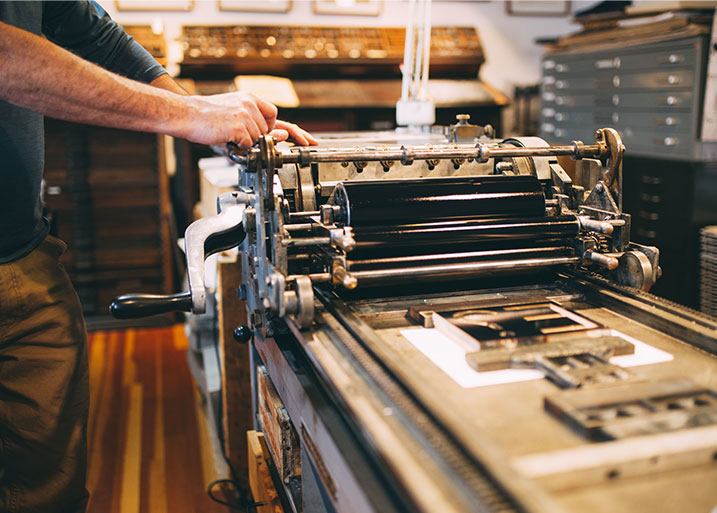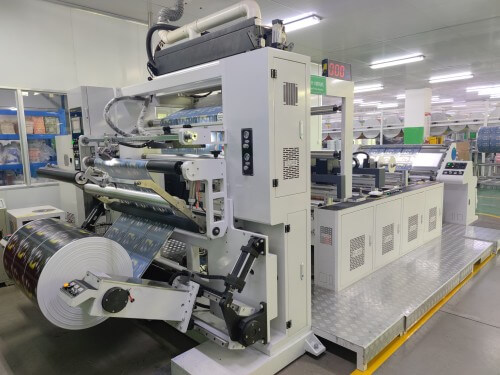In today’s global market, the importance of anti counterfeit printing cannot be overstated. As businesses expand their reach and products circulate internationally, the threat of counterfeiting grows significantly. Counterfeit products not only cost companies billions of dollars each year but also pose serious risks to consumers’ safety and trust. Understanding the critical role of anti counterfeit printing is imperative for businesses aiming to protect their brand integrity and ensure product authenticity.
Anti-counterfeit printing encompasses a range of technologies designed to prevent forgery and ensure that products reaching consumers are genuine. By implementing these technologies, companies can safeguard their products against imitation, thus maintaining consumer trust and brand reputation. This article delves into the various aspects of anti counterfeit printing and its vital role in today’s economy.

What is Anti Counterfeit Printing?
Anti counterfeit printing refers to the use of specialized printing techniques and materials to create products and packaging that are difficult to forge. These methods include holograms, watermarks, color-shifting inks, and unique serial numbers. The primary goal is to make it nearly impossible for counterfeiters to replicate the original product, thereby deterring fraudulent activities.
How Does it Work?
The process involves integrating security features into the product’s design and packaging. These features can be overt, such as holograms that are visible to the naked eye, or covert, requiring specialized equipment to verify authenticity. By employing a combination of these methods, businesses can create a robust defense against counterfeiting.
Why is Anti Counterfeit Printing Important?
The importance of anti counterfeit printing lies in its ability to protect brands and consumers alike. Here are some key reasons why businesses should invest in these technologies:
1. Protecting Brand Reputation
Counterfeit products can severely damage a brand’s reputation. When consumers purchase fake goods, they often associate the poor quality with the original brand. By using anti counterfeit printing, companies can ensure that their products are easily distinguishable from fakes, thus maintaining their reputation.
2. Ensuring Consumer Safety
Counterfeit products, especially pharmaceuticals, and food items, can pose significant health risks to consumers. Anti-counterfeit measures help ensure that only safe, genuine products reach the market, protecting consumers from potential harm.
3. Mitigating Financial Losses
Counterfeiting is a multi-billion dollar industry that costs legitimate businesses vast amounts of money each year. By investing in anti counterfeit printing, companies can reduce financial losses associated with counterfeit products.
Technologies Used in Anti Counterfeit Printing
Several advanced technologies are employed in anti counterfeit printing to enhance product security:
1. Holograms
Holograms are three-dimensional images used on packaging and labels. They are challenging to replicate and offer a visually striking way to authenticate products.
2. Watermarks
Watermarks are subtle designs embedded into paper or packaging materials. They are invisible under normal lighting but can be seen when held up to the light, making them a discreet security feature.
3. Color-Shifting Inks
These inks change color when viewed from different angles, making them an effective deterrent against counterfeiting.
4. Unique Serial Numbers
Assigning unique serial numbers to each product allows for easy tracking and verification of authenticity.
The Impact of Counterfeiting on Businesses
Counterfeiting affects businesses in multiple ways:
1. Loss of Revenue
With counterfeit products flooding the market, companies lose out on potential sales, impacting their bottom line.
2. Increased Liability
If counterfeit products cause harm to consumers, the original company may face legal repercussions and liability issues.
3. Brand Devaluation
Counterfeit goods can lead to brand dilution, where the brand loses its perceived value and prestige.
Implementing Anti Counterfeit Strategies
Businesses can adopt various strategies to combat counterfeiting:
1. Educating Consumers
Informing consumers about how to identify genuine products can help reduce the demand for counterfeits.
2. Collaborating with Authorities
Working with law enforcement and regulatory bodies can help crack down on counterfeit operations.
3. Investing in Research and Development
Continuously developing new anti-counterfeit technologies keeps businesses ahead of counterfeiters.
Challenges in Anti Counterfeit Printing
While anti counterfeit printing is critical, it is not without challenges:
1. Cost
Implementing advanced security features can be expensive, especially for small businesses.
2. Staying Ahead of Counterfeiters
Counterfeiters are continually evolving their methods, requiring businesses to stay one step ahead with new technologies.
The Future of Anti Counterfeit Printing
As technology advances, so will the methods of counterfeiting. However, the future of anti counterfeit printing looks promising, with new innovations on the horizon:
1. Blockchain Technology
Blockchain offers a secure, transparent way to track products from production to purchase, helping to verify authenticity.
2. Smart Packaging
Integrating technology into packaging, such as QR codes that link to secure databases, can provide real-time verification of authenticity.
Conclusion
The importance of anti counterfeit printing in today’s world is undeniable. By investing in these technologies, businesses can protect their brands, ensure consumer safety, and reduce financial losses. As the fight against counterfeiting continues, staying informed and proactive is essential for companies to thrive in the global market.

FAQs
What are the most common anti-counterfeit technologies?
Common technologies include holograms, watermarks, color-shifting inks, and unique serial numbers.
How does anti counterfeit printing protect consumers?
It ensures that only genuine, safe products reach consumers, reducing the risk of harm from counterfeit items.
What role does blockchain play in anti counterfeit measures?
Blockchain provides a secure, transparent way to track product authenticity from production to purchase, making it harder for counterfeiters to succeed.
For more insights into the importance of anti counterfeit technologies, visit this resource. Also, explore our insights on desktop printers and learn about eco branding.
This article contains affiliate links. We may earn a commission at no extra cost to you.







